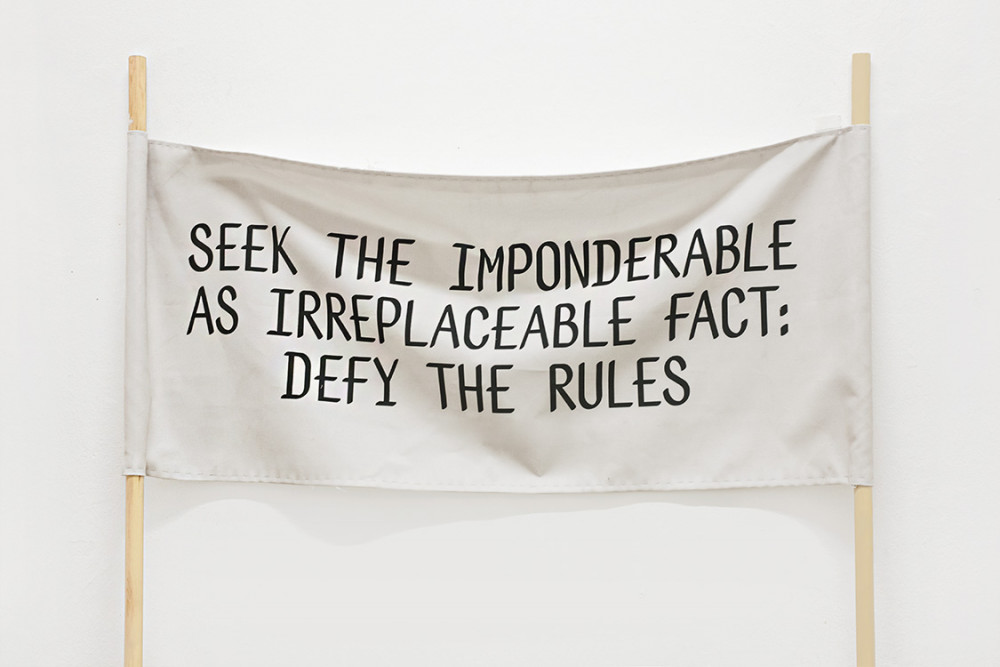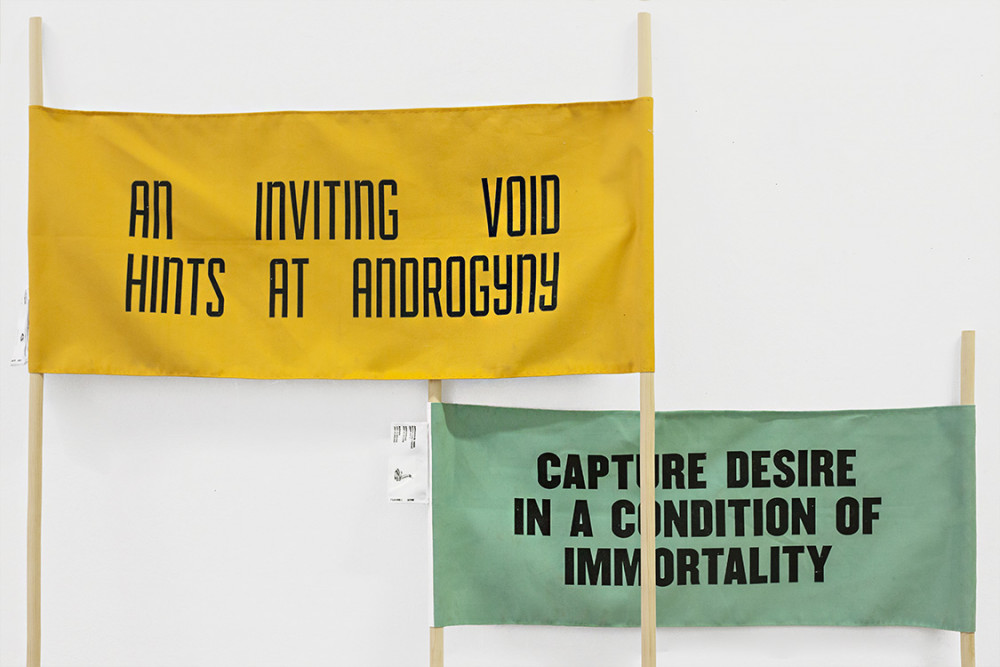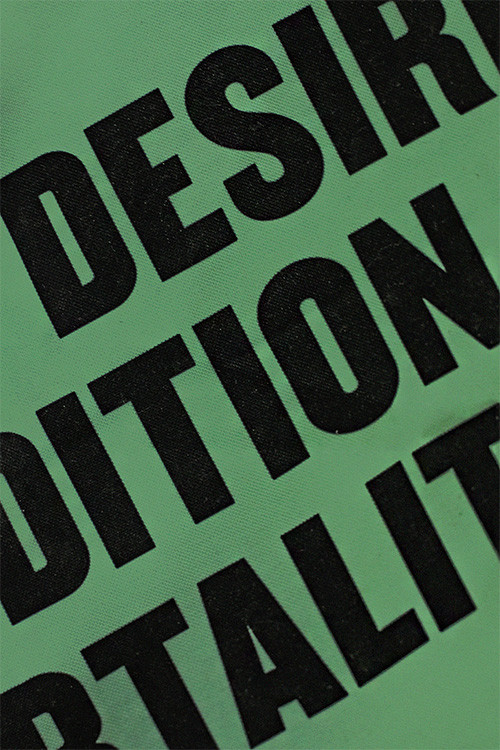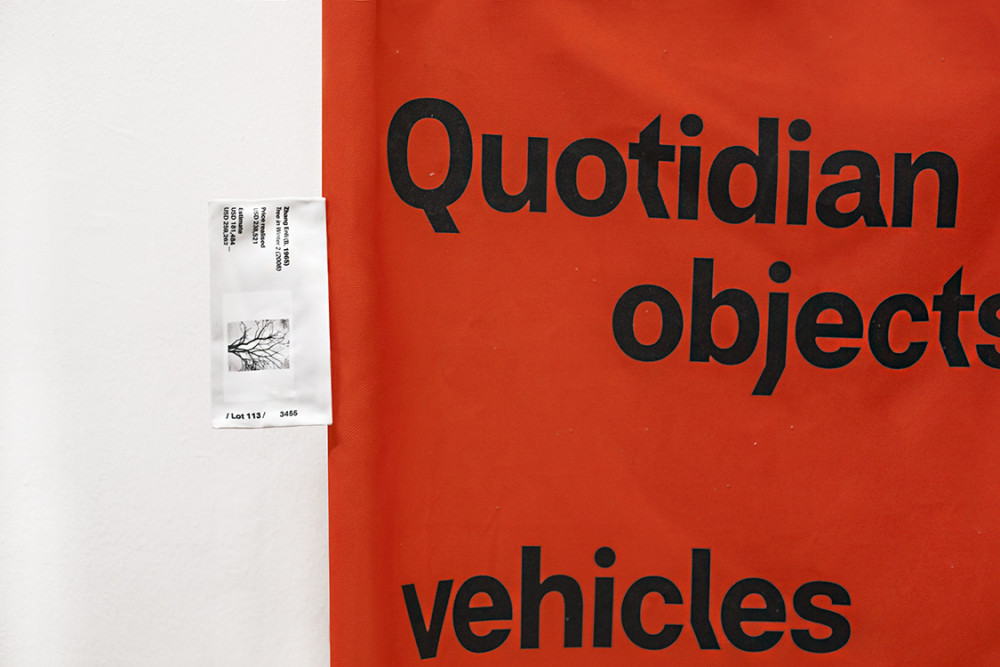Aura
Winter 2016

Chen Hsiang Fu
3D Selfie Stick

Theresa Reimann-Dubbers
A(.I.) Messianic Window

Max Wohlleber
BeuysDIY

Max Wohlleber
Bilderflut

Theresa Reimann-Dubbers
Dionysus <-> Satyr: A Metaphorical Reunion

Chen Hsiang Fu
From Blank

Andy King
Hero with a Thousand Faces

Andy King
IAE_Haikus

Chen Hsiang Fu
Momento Mori

Hsiao Li-Chi
Mountains in Rain

Andy King
My Very Own Personal Louvre

Lugh O’Neill
On Behalf of Deterioration

Hsiao Li-Chi
Portrait

Theresa Reimann-Dubbers
rePRESENT rePLACE rePRODUCE

Valerian Blos
The Aura Harvester

Lugh O’Neill
The Veil of St. Veronica plc

Andy King
Yves Klein Jigsaw Puzzle

Elias Asisi
∞EXPO
We’ve all seen them.
Those painfully long and obscure artwork descriptions with jargon such as ‘a priori’, ‘transversal’ and ‘nonspatial space’ that gaze back at us hollow and off-limits, making us doubt our own intelligence while we stand on aching feet in the cold, white space of an art gallery, employing the same analytic methodology to understand an artwork we’d frantically use to solve a maths problem or sudoku. The text exhumes authority, as does the space containing it, we trust it over our own mental faculties — it’s definitely me, not them. International Art English, as it has become known, has finally become its own literary genre, deserving its own shelf lodged between Fantasy and Science-Fiction. There are many theories as to why art descriptions have digressed into a jumble of jargon, contradictions and empty statements. Economist and author Don Thompson posits that artspeak is intentionally obscure and wordy in order to boost sales to millionaire art collectors who see art as an asset rather than an object to be cherished, and often purchase art on the phone without ever seeing the object described.
IAE_Haikus is a playful rebellion against this. The hierarchy is reversed — the description of the artwork becomes the artwork, the artwork becomes the description. Certain phrases from auction house catalogues such as Christie’s and Phillips were extracted and transformed into haiku-type verses, their most meaningless statements highlighted and exposed.




